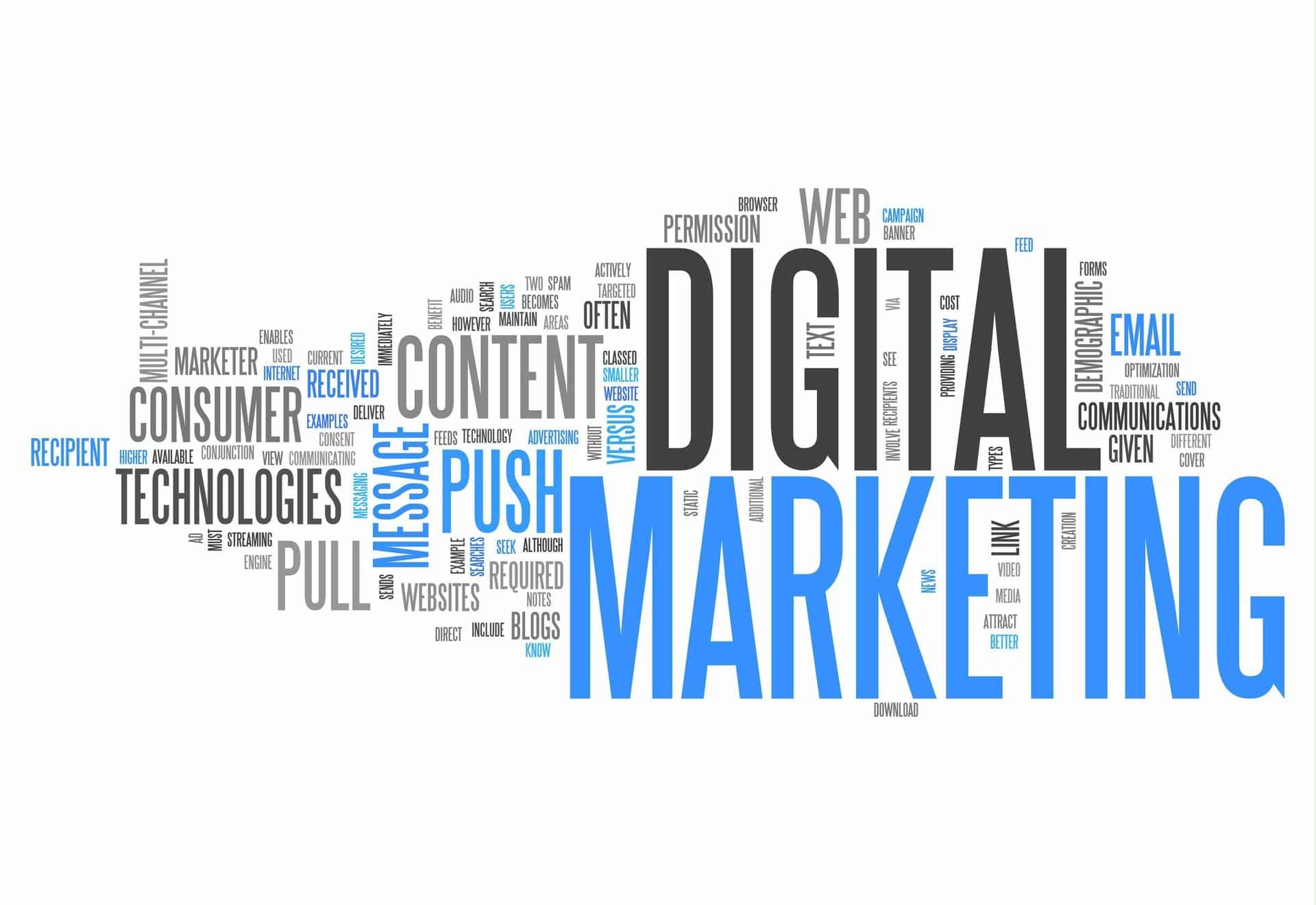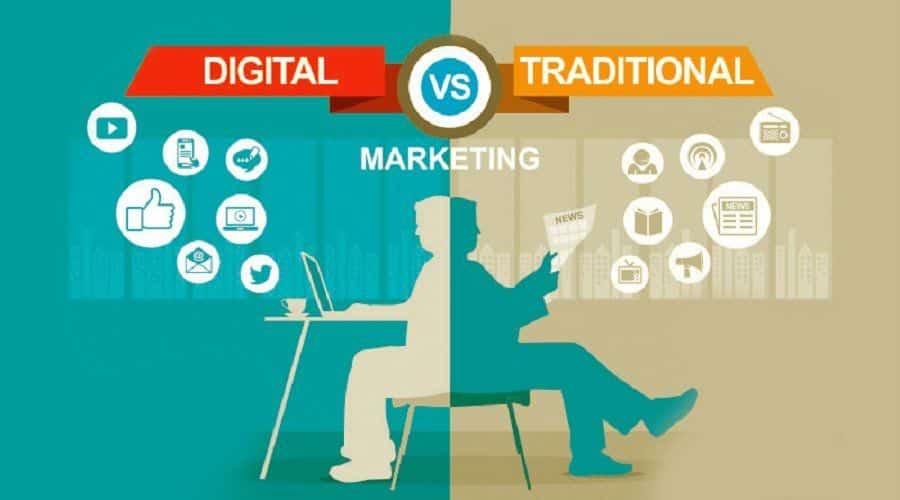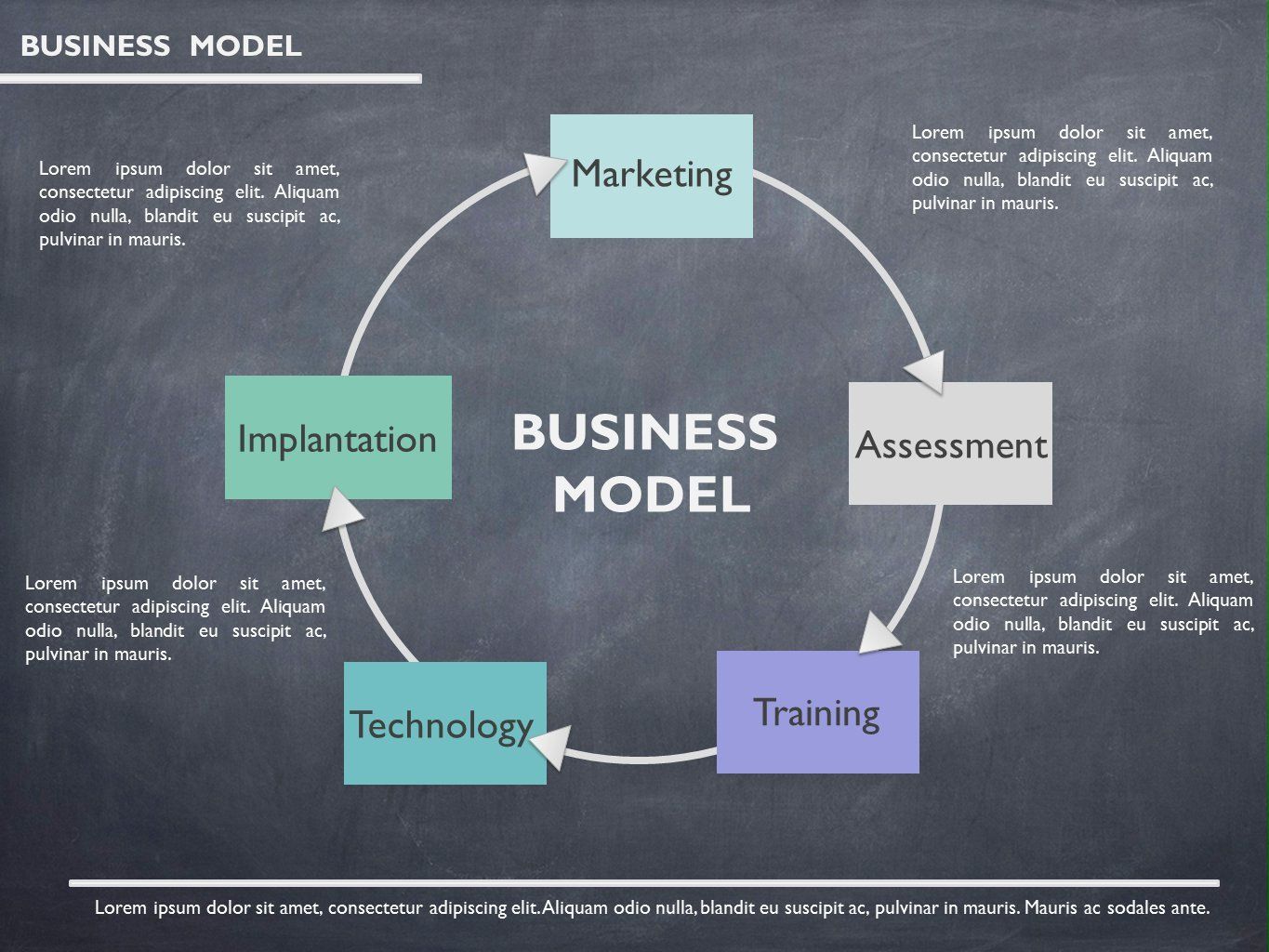Harassment of any kind within the place of work can have dire outcomes to all or any who are involved. Consequences of sexual harassment in the workplace will not only affect the victim and the harasser, but also the business and the employees who work there. The business may experience negative backlashes in regards to employees not feeling comfortable with their environment or even due to legal actions if taken by the victim.
Theses types of effects can impact everyone, both those who are impacted directly, as well as those who indirectly involved. What is Sexual Harassment? Sexual harassment is thought as the unwanted physical, verbal, or written conduct that is intimate in nature, including unacceptable physical contact, lewd or sexual comments, or inappropriate behavior. While typically, sexual harassment has been targeted at women, there were incidences where men can experience sexual harassment also.
It is very important to comprehend that sexual harassment is not defined or called an misinterpretation of an individual event. For example, if a co-worker or an excellent touches someone on the arm in a way to get their attention, this can be an innocent gesture, meant to be studied in a friendly manner.
The same can be said about an office atmosphere where joking and teasing is known as normal, as employees and supervisors are relaxed enough with one another and the surroundings to joke so. The problem is of course dependent on that of the working environment; again, it is important that you should know and understand how your particular office works.
The outcomes of sexual harassment in the workplace affect everyone, not just those involved. Employees who may not have endured the harassment are affected still. As mentioned above, if a worker feels as though the working environment is becoming hostile, they may start to elsewhere look for work. Female employees may be the first of those to leave, as they may feel that the problem doesn’t seem to be handled in the way that would resolve the problem.
The obvious outcome of intimate harassment in the workplace is positioned on the victim of the harassment. Aside from the hostile working environment, the victim can experience personal issues. Self-esteem, professional growth, stress, health, and even mental medical issues may occur in the aftermath. Even if the victim leaves the business where they experienced the harassment, they may have difficulties securing another position or they could view superiors or co-workers with suspicion, endangering the work relationship.
- 8 years relevant experience with 3 at Senior level
- Based on the info in Table 1, the net profit percentage is
- You can have access to create reports or and then run them, exactly like in PS
- Risks – What stumbling blocks or dangers do you observe? Are they financial, the competition
- All Faculty & Staff Directory
- SSIS: How to draw Tweets from Twitter
- 1 What is the provision of entertainment
Victims of intimate harassment or any type of harassment should survey it to the correct authorities. Find what your company’s policy is on place of work harassment, what your privileges are, as well as how to go about filing a report. If you need to seek legal action, find out what needs to be done in your unique condition and city.
The Unified Process is a specific strategy that maps out when as well as how to use the many UML techniques for object-oriented analysis and design. Whereas the UML provides structural support for developing the structure and behavior of the information system, the Unified Process provides the behavioral support. The Unified Process, of course, is use-case driven, architecture centric, and iterative and incremental.
The Unified Process is a two-dimensional systems development process referred to by a couple of phases and workflows. The phases are inception, elaboration, structure, and transition. The workflows include business modeling, requirements, evaluation, design, implementation, test, deployment, task management, configuration and change management, and environment. Unified Process designers take benefit of iterative development (sometimes called evolutionary development) because the new software can be created in phases with the result of one iteration becoming the input to the next. F. Suppose you were an analyst doing work for a small company to develop an accounting system. Would you use the Unified Process to develop the functional system, or would you like one of the traditional approaches referred to in Chapter 1?













































































































































































































































































































































































































































